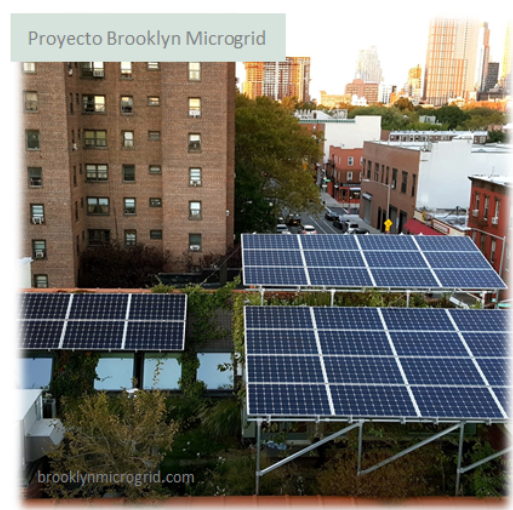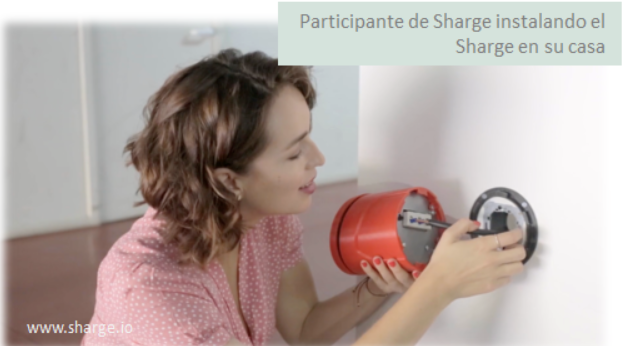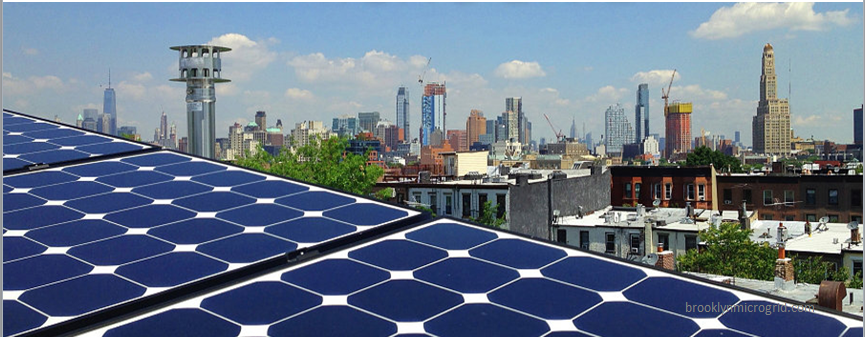In a previous post I tried to explain the Blockchain technology. In this occasion I will try to explain how customers in the electric market could benefit from it.
One of the most interesting Blockchain’s applications are the smart contracts. While a traditional contract is a piece of paper where two or more parties express their conditions and commitments, a smart contract is a computer program where the conditions and commitments are coded and automatically executed when the conditions are fulfilled. Currently smart contracts are restricted to simple agreements related to very specific applications. The Blockchain technology assures the fulfilment of the contract commitments with no need for a third supervising party. It is expected smart contract will reduce costs and speed up contract management. Besides this, they will enable almost real time audits. A Blockchain platform that supports smart contracts is Ethereum.

Smart contracts in the energy distribution sector could play the role of the current control algorithms. Among other duties, these algorithms are in charge of controlling energy flux between storage and generation depending on energy surplus. A first approach to smart contracts in the energy sector is POWR, developed by the Oneup company. The prototype runs on a neighbourhood where all the houses have solar panels installed. The energy that is not used in one house is offered to the neighbours and, at the same time, neighbours with a need for energy ask for it to their neighbours. Blockchain is used to record the energy flux between neighbours. The smart contract is stored in mini-computers attached to the meters in every house. It is continuously supervising the conditions coded in the smart contract and executing the commitments as soon as the conditions are met. Payments are done in its own cryptocurrency.
A similar example can be found in New York. The Brooklyn Microgrid project is building a microgrid to which the neighbours are connected. They have solar panels installed on the roofs of their premises. Neighbours use the energy they produce, but also they trade in energy to satisfy neighbours’ needs. This peer-to-peer market is supported by TransActive Grid, an initiative developed by LO3 Energy and ConsenSys. They use Ethereum technology. The project is studying how a microgrid autonomously managed by a group a people could behave. In a future the neighbours could become the owners of the microgrid according to a cooperative scheme.

Alternatively to smart contracts, Blockchain technology is being demonstrated in other ways. One example is Sharge, a company that developed Blockchain-based technology that enables an electric car driver to charge the battery in any domestic plug engaged in the program. The house owner installs a small device on a plug, the car driver opens the device using his smart phone and then, after completing the charge, the plug owner is paid with a cryptocurrency. A similar idea is being developed by Slock.it and RWE in the BlockCharge project. In both cases, the target is to develop a payment system for charging electric vehicles with no need for a contract nor an intermediary, agent or broker.
There are also cryptocurrencies designed to encourage the generation of solar energy, like Solarcoin. Others seek to enhance energy interchange between machines, like Solether. In this case Blockchain meets the Internet of Things paradigm.
Blockchain is a technology that could benefit energy users and foster the use of renewable energy. It will also empower the energy user, in particular domestic ones. While the technology is developed and tested, the legal and normative framework should be revised to remove barriers that could jeopardise Blockchain-based technology use.
- From natural gas to biogas and biomethane - 26 June 2019
- Blockchain and the electric market customers - 18 April 2017
